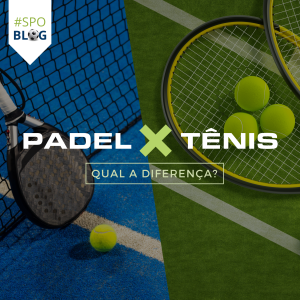When we talk about sports, the lawn is more than just a playing field. It is the stage where athletes challenge their limits, where victories are won and stories are written, and synthetic sports grass is an innovative solution that is changing the game in several sports.
Suitable for Any Type of Sport?
A great advantage of synthetic sports grass is its versatility. That's why at Sportlink, we invest in research to develop our products to provide the best performance as well as greater safety and comfort for athletes. Whether for rugby, football or athletics matches, we have the ideal lawn!
How is the Installation Done?
Installing synthetic grass is a meticulous process that requires experience and skill. First, the ground is prepared, leveled and compacted to ensure a solid foundation. Next, the drain liner is installed to prevent water accumulation. Finally, the synthetic grass is laid and fixed, ensuring a uniform and safe surface for sports.
Does Synthetic Grass Need Maintenance?
Although synthetic grass requires less maintenance than natural grass, it is still important to care for it to ensure its performance and durability. Some precautions such as a regular cleaning routine to remove debris such as leaves and twigs that can accumulate on the surface using a soft bristle broom in addition to brushing the synthetic grass periodically to keep its fibers in the correct position and prevent the accumulation of dirt are essential.
Is there any difference in the appearance of synthetic grass?
Yes, there are several differences in the appearance of synthetic grass used in different types of sports and sports facilities. Here are some of the main differences:
· Fiber Height: The height of the synthetic grass fiber can vary depending on the sport for which it is intended. For example, synthetic grass used on football pitches may have a different fiber height than synthetic grass used on hockey or tennis pitches.
· Fiber Density: Fiber density, i.e. how close the fibers are to each other, can vary depending on the sport. Some sports may require denser synthetic grass to improve performance and durability.
· Color and Appearance: The color of synthetic grass may vary depending on customer preferences.
· Pattern of Lines and Marks: For different sports, specific patterns of lines and markings on the synthetic grass may be required. For example, an American football field will have different marking lines and zones than a traditional football field.
· Fill: The infill material used in synthetic grass can vary. The fill is often composed of sand, rubber or synthetic materials. The amount and type of infill can affect the field's performance and the feel under players' feet.
Is she resistant? How Durable Is Synthetic Grass?
Sportlink's synthetic grass is designed to resist the wear and tear caused by intense sports and adverse weather conditions. Durability may vary depending on use and maintenance, but as a manufacturer committed to quality, we take care of every detail to ensure our synthetic grass lasts longer, providing safer, more consistent play for athletes of all abilities.
Synthetic sports grass is not just an alternative to natural grass, it is an evolution. With its versatility, durability and low maintenance, Sportlink is transforming the way we play and practice sports.
Whatever your sport, Sportlink has the ideal synthetic grass for your project and your athletes to make history. Contact us to learn more about how we can help you take your game to the next level!






